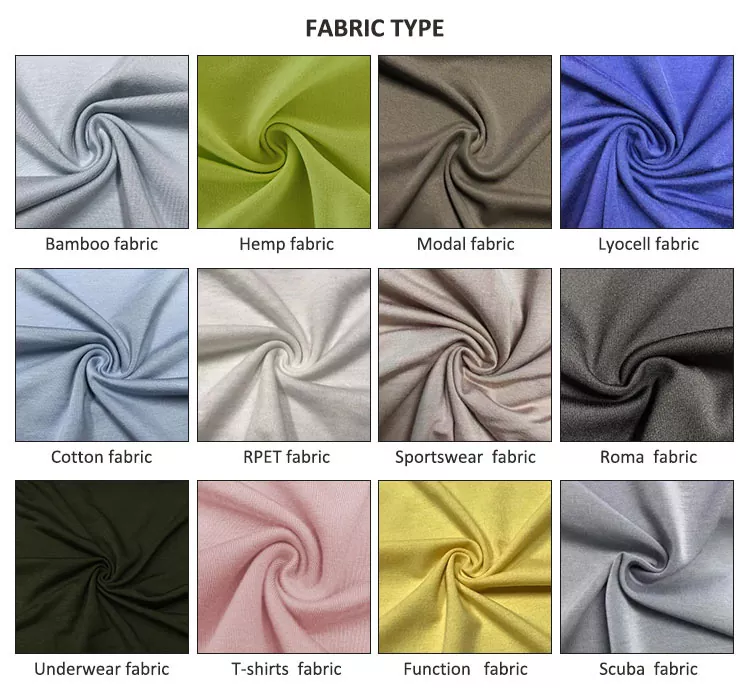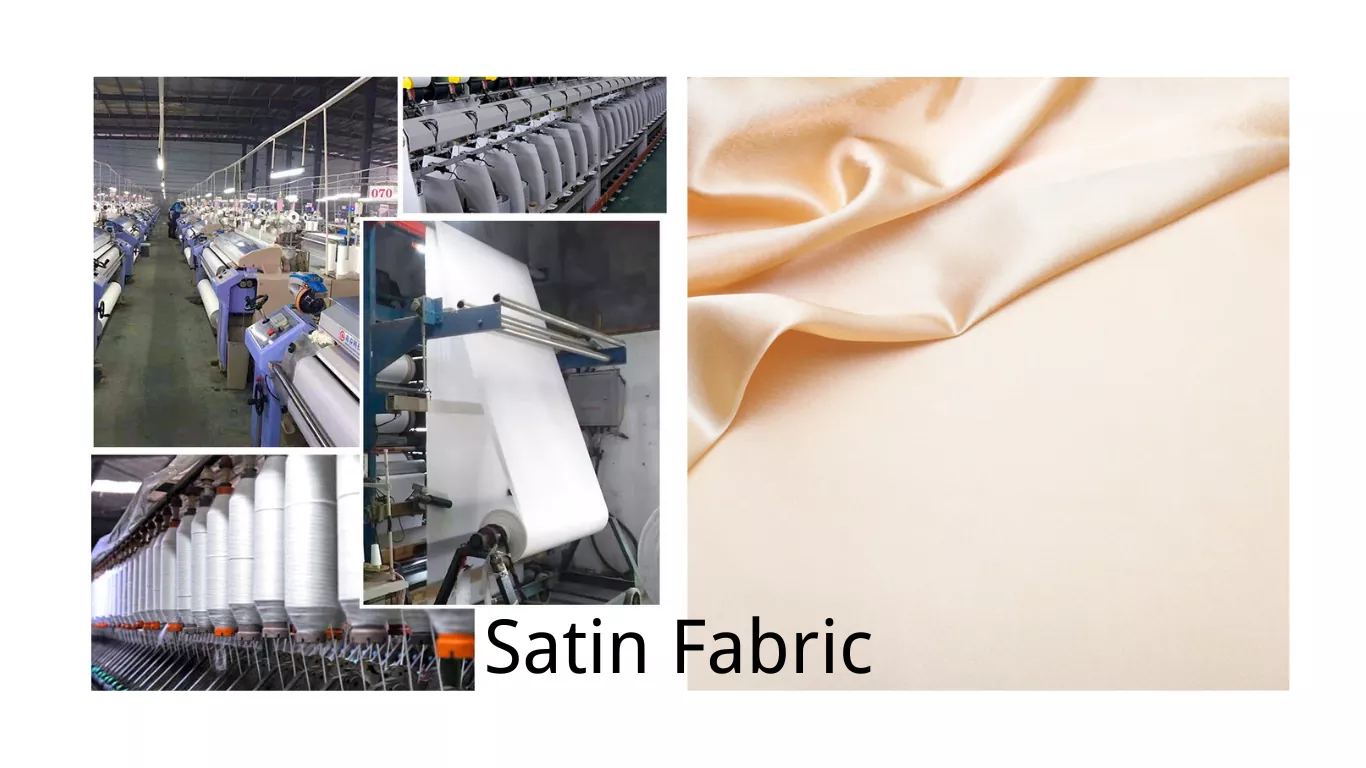La produzione di abbigliamento OEM è un processo complesso che prevede la collaborazione con i produttori per creare e produrre articoli di abbigliamento. In questo articolo esploreremo il ruolo di Produttori di abbigliamento OEM e i vantaggi di lavorare con loro. Parleremo anche di come scegliere il giusto produttore di abbigliamento OEM considerando vari fattori e ponendo domande importanti. Continuate a leggere per scoprire i punti chiave di questa guida per addetti ai lavori sui produttori di abbigliamento OEM.
Punti di forza
- I produttori di abbigliamento OEM svolgono un ruolo cruciale nell'industria dell'abbigliamento, fornendo servizi di progettazione, produzione e distribuzione.
- La collaborazione con i produttori di abbigliamento OEM può offrire risparmi sui costi, tempi di produzione più rapidi e l'accesso a competenze specializzate.
- Quando si sceglie un produttore di abbigliamento OEM, occorre considerare fattori quali l'esperienza, le capacità produttive e i processi di controllo della qualità.
- Chiedete ai potenziali produttori di abbigliamento OEM informazioni sulla loro struttura dei prezzi, sulle quantità minime ordinabili e sui canali di comunicazione.
- Ricordate di stabilire una comunicazione e delle aspettative chiare con il produttore di abbigliamento OEM scelto per garantire una partnership di successo.
What is OEM Clothing Manufacturing?
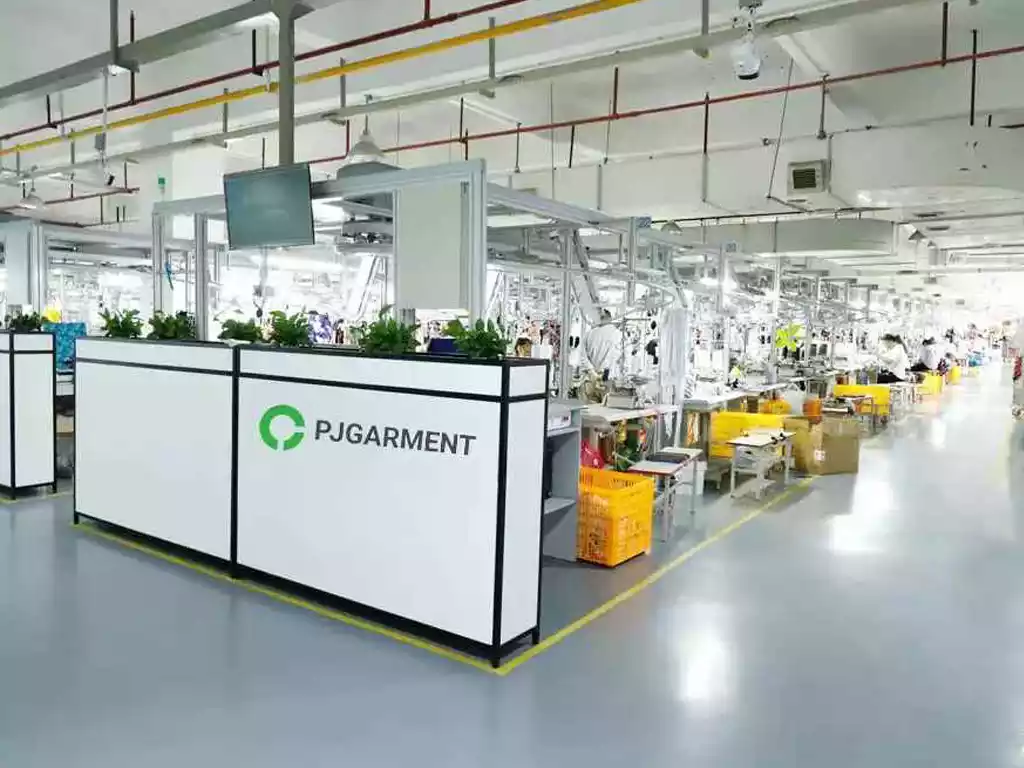
Definition of OEM Clothing Manufacturing:
OEM (Original Equipment Manufacturer) clothing manufacturing refers to the process where a manufacturer produces garments based on the designs and specifications provided by another company, which then sells the finished products under its own brand name. Essentially, the brand outsources the production to the OEM manufacturer but retains the branding and marketing responsibilities.
Differences between OEM, ODM, and OBM:
- OEM (Original Equipment Manufacturer): The manufacturer produces clothing based on the brand’s designs and specifications. For example, a small fashion brand may design a new line of summer dresses and hire an OEM manufacturer to produce them.
- ODM (Original Design Manufacturer): The manufacturer provides design and production services. Brands can choose from existing designs or request custom modifications. For instance, a sportswear brand might select a pre-designed activewear set from an ODM and request specific color changes.
- OBM (Original Brand Manufacturer): The manufacturer not only produces but also designs and sells the products under its own brand name. An example is a well-known fashion house like Zara, which designs, manufactures, and sells its own clothing.
Advantages of OEM for Clothing Brands:
- Costo-efficacia: Brands can save on the costs associated with setting up and maintaining production facilities. For example, a startup fashion brand can focus its budget on marketing and retail rather than manufacturing.
- Access to Expertise: OEM manufacturers often have specialized knowledge and advanced technology. A luxury lingerie brand might benefit from an OEM manufacturer with expertise in delicate fabrics and intricate designs.
- Flexibility: Brands can scale production up or down based on demand without worrying about idle production lines. For instance, a seasonal clothing brand can increase production during peak seasons and reduce it during off-peak times.
By understanding OEM clothing manufacturing, brands can leverage these advantages to streamline their operations and focus on building their market presence.
Il ruolo dei produttori di abbigliamento OEM
Come Produttori di abbigliamento OEMsvolgiamo un ruolo cruciale nell'industria della moda. La nostra responsabilità principale è quella di produrre capi di abbigliamento sulla base delle specifiche fornite dai nostri clienti. Lavoriamo a stretto contatto con marchi e stilisti per dare vita alle loro visioni creative.
La nostra esperienza consiste nel comprendere gli aspetti tecnici della produzione di capi d'abbigliamento, tra cui la selezione dei tessuti, la creazione dei modelli e lo sviluppo dei campioni. Abbiamo una profonda conoscenza del processo di produzione e garantiamo che ogni capo soddisfi i più alti standard di qualità.
Oltre alla produzione, forniamo anche preziosi input e indicazioni ai nostri clienti. Offriamo consigli su tecniche di produzione economicamente vantaggiose, suggeriamo miglioramenti per migliorare il design e la funzionalità dei capi e contribuiamo a snellire i tempi di produzione.
Collaborando con noi, i marchi e i designer possono concentrarsi sulle loro competenze principali, come il marketing e le vendite, mentre noi ci occupiamo del processo di produzione. Ci impegniamo a fornire prodotti eccezionali che soddisfino le esigenze e le preferenze uniche dei nostri clienti.
Vantaggi della collaborazione con i produttori di abbigliamento OEM
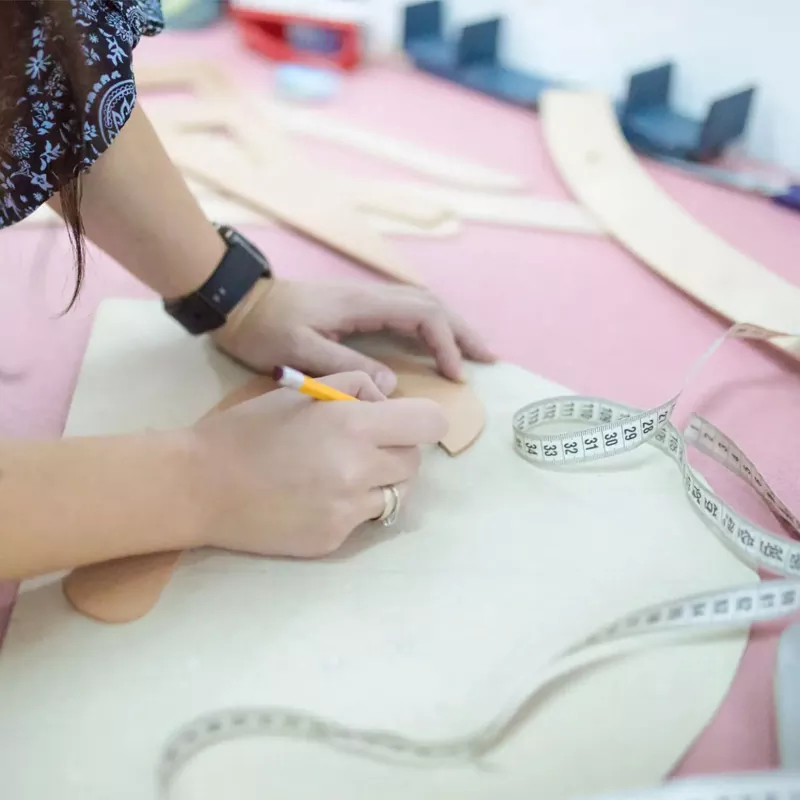
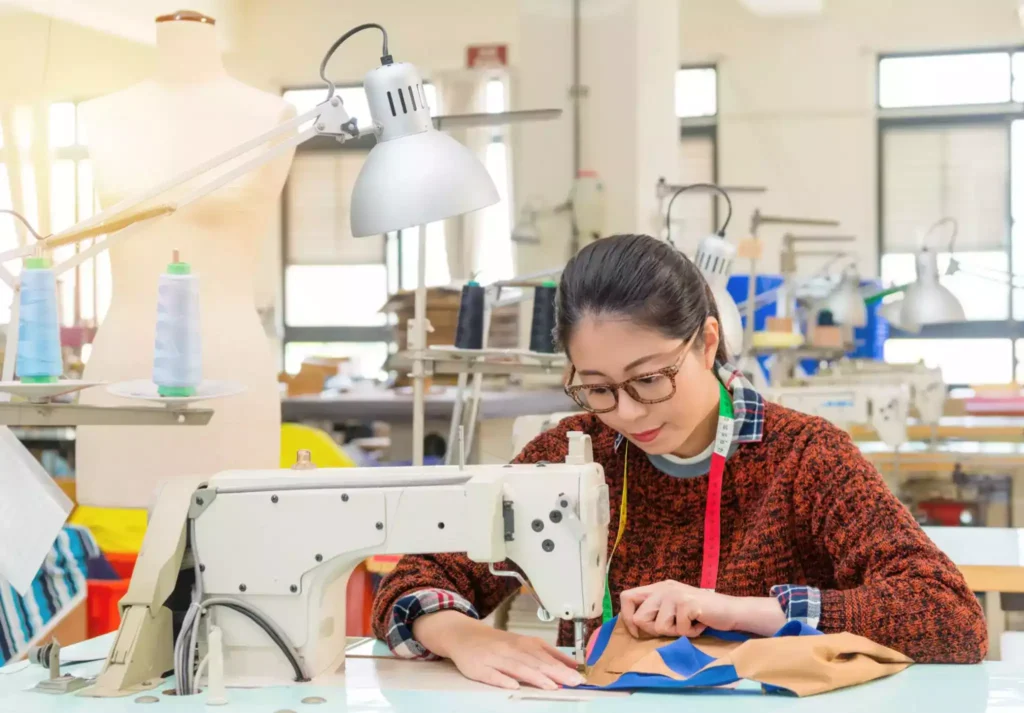
Lavorare con Produttori di abbigliamento OEM offre diversi vantaggi alle aziende del settore della moda.
Cost-Effectiveness and Scalability:
One of the primary benefits of using OEM clothing manufacturers is cost-effectiveness. Brands can avoid the significant capital expenditure required to set up and maintain their own production facilities. For example, a startup fashion brand can allocate its budget to marketing and retail operations rather than investing in expensive machinery and labor. Additionally, OEM manufacturers often benefit from economies of scale, allowing them to produce garments at a lower cost per unit. This cost efficiency can be passed on to the brand, making it easier to scale production as demand increases.
Access to Specialized Expertise and Technology:
OEM manufacturers typically possess specialized knowledge and advanced technology that brands may not have in-house. For instance, a luxury lingerie brand might partner with an OEM manufacturer renowned for its expertise in working with delicate fabrics and intricate lace designs. This access to specialized skills and cutting-edge technology ensures high-quality production and innovation in garment design and construction.
Flexibility in Design and Production:
Working with OEM manufacturers offers brands greater flexibility in design and production. Brands can easily adjust production volumes based on market demand without worrying about idle production lines. For example, a seasonal clothing brand can increase production during peak seasons and reduce it during off-peak times. Additionally, OEM manufacturers can accommodate custom design requests, allowing brands to experiment with new styles and trends without committing to large production runs.
Ability to Focus on Branding and Marketing:
By outsourcing production to OEM manufacturers, brands can concentrate on building their market presence and enhancing their brand identity. For example, a fashion brand can focus on creating compelling marketing campaigns, engaging with customers on social media, and expanding its retail footprint. This focus on branding and marketing can drive sales and foster customer loyalty, ultimately contributing to the brand’s long-term success.
Suggerimento: Quando si lavora con i produttori di abbigliamento OEM, è essenziale stabilire canali di comunicazione chiari e mantenere una solida collaborazione per garantire operazioni fluide e risultati di successo.
Scegliere il giusto produttore di abbigliamento OEM
Fattori da considerare nella scelta di un produttore di abbigliamento OEM
Quando si sceglie un produttore di abbigliamento OEM, ci sono diversi fattori importanti da considerare. Questi fattori vi aiuteranno a scegliere il partner giusto per la vostra azienda. produzione di abbigliamento necessità.
1. Competenza ed esperienza: Cercate un produttore che abbia una vasta competenza ed esperienza nel tipo specifico di abbigliamento che volete produrre. In questo modo, il produttore avrà le conoscenze e le competenze necessarie per soddisfare i vostri standard di qualità.
2. Capacità produttiva: Considerate la capacità produttiva del produttore. Assicuratevi che abbia le risorse e le capacità necessarie per gestire il volume di abbigliamento richiesto. Questo aiuterà a prevenire i ritardi e a garantire una consegna puntuale.
3. Controllo qualità: La qualità è fondamentale quando si parla di produzione di abbigliamento. Cercate un produttore che disponga di rigorosi processi di controllo della qualità. Ciò contribuirà a garantire che i prodotti finali siano conformi alle vostre specifiche e soddisfino i vostri clienti.
4. Comunicazione e reattività: Una comunicazione efficace è essenziale per una partnership di successo. Scegliete un produttore che sia reattivo e comunichi in modo chiaro e tempestivo. Questo aiuterà a evitare malintesi e a garantire che le vostre esigenze siano soddisfatte.
5. Prezzi e costi: Considerate i prezzi e la struttura dei costi del produttore. Sebbene sia importante trovare un produttore che offra prezzi competitivi, è bene fare attenzione ai prezzi estremamente bassi, che potrebbero indicare una qualità compromessa o costi nascosti.
6. Pratiche etiche e sostenibili: Nell'attuale mercato dei consumatori consapevoli, le pratiche etiche e sostenibili sono sempre più importanti. Cercate un produttore che segua pratiche di lavoro etiche e che utilizzi materiali e metodi di produzione sostenibili.
7. Campioni e prototipi: Prima di scegliere un produttore, richiedete dei campioni o dei prototipi del suo lavoro. In questo modo potrete valutare la qualità e l'artigianalità dei loro prodotti prima di prendere una decisione.
Ricordate che la scelta del giusto produttore di abbigliamento OEM è un passo fondamentale per il successo del vostro marchio di abbigliamento. Prendetevi il tempo necessario per valutare a fondo le opzioni disponibili e scegliete un partner che sia in linea con i vostri valori e requisiti.
Domande da porre ai potenziali produttori di abbigliamento OEM
Nel valutare i potenziali produttori di abbigliamento OEM, ci sono diverse domande chiave da porre per essere certi di prendere una decisione informata:
- Qual è la quantità minima ordinabile (MOQ)? La comprensione del MOQ è fondamentale perché determina la fattibilità della collaborazione con il produttore.
- Qual è la vostra capacità produttiva? È importante sapere se il produttore ha la capacità di soddisfare le nostre esigenze di produzione e le scadenze.
- Qual è il vostro tempo di consegna per la produzione? Conoscere i tempi di consegna ci aiuta a pianificare il programma di produzione e a garantire la consegna puntuale dei nostri prodotti.
- Avete esperienza di lavoro con prodotti simili? L'esperienza nella produzione di prodotti simili può indicare la competenza del produttore e la sua comprensione dei nostri requisiti specifici.
- Quali misure di controllo della qualità avete in atto? Assicurarsi che il produttore disponga di solidi processi di controllo della qualità è essenziale per mantenere la qualità dei nostri prodotti.
- Quali sono i vostri prezzi e le condizioni di pagamento? La comprensione della struttura dei prezzi e dei termini di pagamento ci aiuta a valutare la fattibilità finanziaria della collaborazione con il produttore.
- Può fornire referenze o campioni del suo lavoro precedente? La richiesta di referenze o campioni ci permette di valutare il curriculum del produttore e la qualità del suo lavoro.
Ponendo queste domande, possiamo raccogliere informazioni preziose per prendere una decisione informata nella scelta di un produttore di abbigliamento OEM.
Top OEM Clothing Manufacturers Around the World
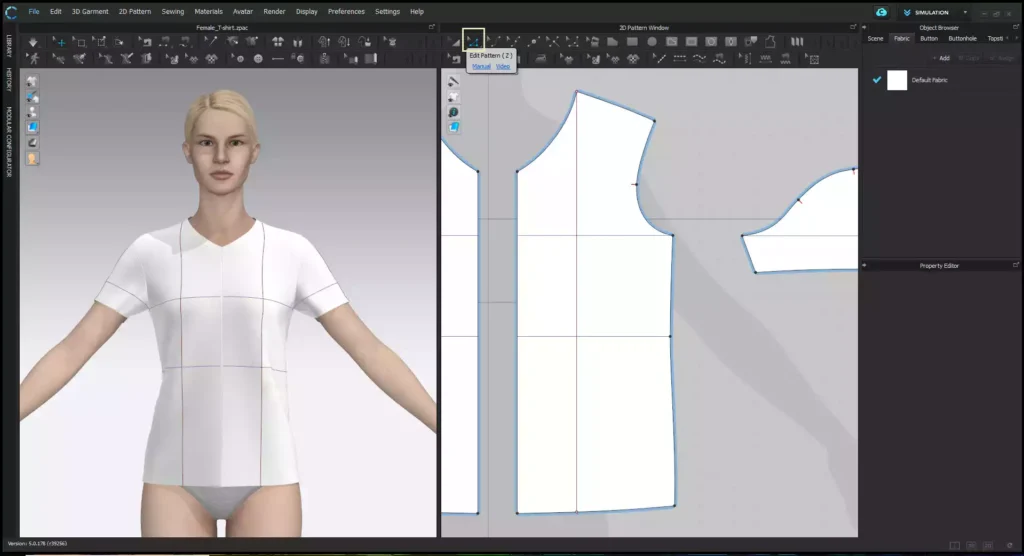
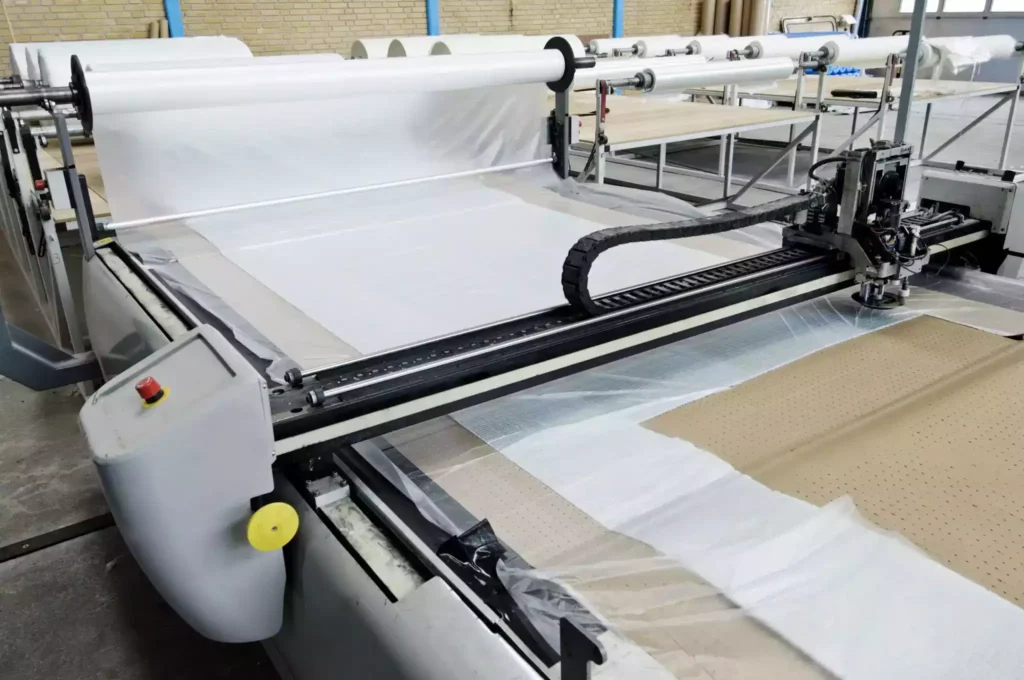
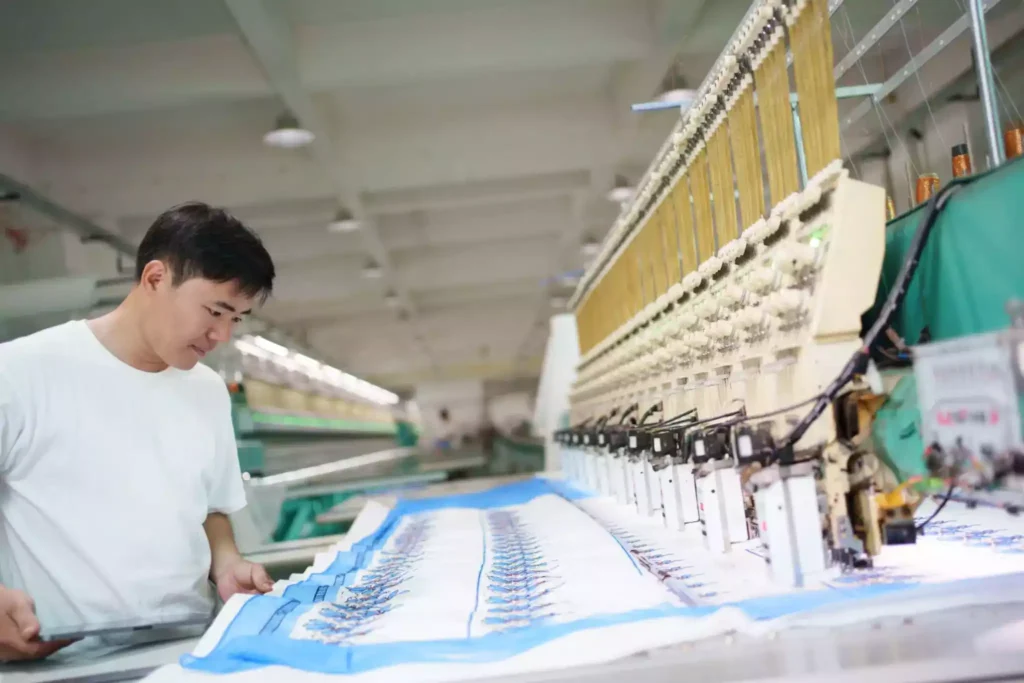
Overview of Leading OEM Clothing Manufacturers in Different Regions:
OEM clothing manufacturers are spread across the globe, each offering unique advantages based on their location. Key regions include Asia, Europe, and North America.
OEM Clothing Manufacturers in Asia:
- China: Known for its large-scale production capabilities and cost-effectiveness. Pjgarment specializes in sleepwear and casual clothing, offering comprehensive services from design to delivery.
- Bangladesh: Renowned for its expertise in producing high-quality garments at competitive prices. DBL Group is a leading manufacturer known for its sustainable practices and production of knitwear.
OEM Clothing Manufacturers in Europe:
- Italy: Famous for luxury fashion and high-end craftsmanship. Marzotto Group offers premium quality textiles and garments, specializing in tailored suits and luxury fabrics.
- Portugal: Known for its high standards in quality and ethical manufacturing. P&R Texteis specializes in sustainable clothing and technical textiles.
OEM Clothing Manufacturers in North America:
- USA: Offers advanced technology and quick turnaround times. American Apparel Production Inc. is known for its high-quality basics and sustainable practices.
- Mexico: Provides cost-effective manufacturing with proximity to the US market. Kaltex specializes in denim and casual wear, offering a full range of services from fabric production to finished garments.
Highlight Specific Manufacturers Known for Certain Types of Clothing:
- Sleepwear: Pjgarment in China is renowned for its high-quality sleepwear, offering customization and innovative fabric options.
- Luxury Fashion: Marzotto Group in Italy is a leader in luxury fashion, providing bespoke tailoring and premium fabrics.
- Sustainable Clothing: P&R Texteis in Portugal focuses on sustainable and eco-friendly clothing, using organic materials and ethical production practices.
Tips for Building a Strong Relationship with Your OEM Manufacturer
Importance of Clear Communication and Regular Updates:
Clear communication is vital for a successful partnership with your OEM manufacturer. Establishing regular updates and maintaining open lines of communication can prevent misunderstandings and ensure that both parties are aligned. For example, a fashion brand can schedule weekly video calls with their OEM partner to discuss production progress, address any concerns, and make necessary adjustments.
Building Trust and Maintaining Transparency:
Trust and transparency are the foundations of a strong relationship. Sharing relevant information and being honest about expectations can foster mutual respect. For instance, a clothing brand should transparently share their sales forecasts and market feedback with the OEM manufacturer. This openness can help the manufacturer plan production more efficiently and align their efforts with the brand’s goals.
Collaborating on Product Development and Innovation:
Collaborating on product development can lead to innovative solutions and improved products. Engaging the OEM manufacturer in the design process can leverage their expertise and technical knowledge. For example, a sportswear brand might work closely with their OEM manufacturer to develop a new line of moisture-wicking fabrics, combining the brand’s vision with the manufacturer’s technical capabilities.
Addressing Issues Promptly and Effectively:
Addressing issues promptly and effectively is crucial for maintaining a positive relationship. When problems arise, it’s important to communicate them immediately and work together to find solutions. For instance, if a batch of garments has quality issues, the brand should notify the OEM manufacturer right away and collaboratively develop a plan to rectify the situation and prevent future occurrences.
Investing in Long-Term Partnerships:
Investing in long-term partnerships can yield significant benefits over time. Building a strong, enduring relationship with an OEM manufacturer can lead to better collaboration, improved product quality, and cost savings. For example, a brand that consistently works with the same OEM manufacturer can negotiate better terms, benefit from the manufacturer’s deep understanding of their needs, and achieve greater consistency in product quality.
Common Challenges and How to Overcome Them
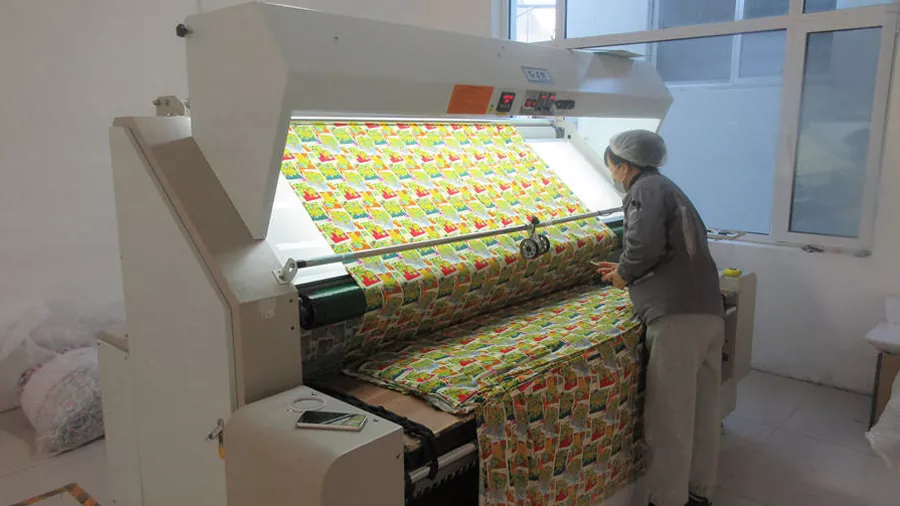
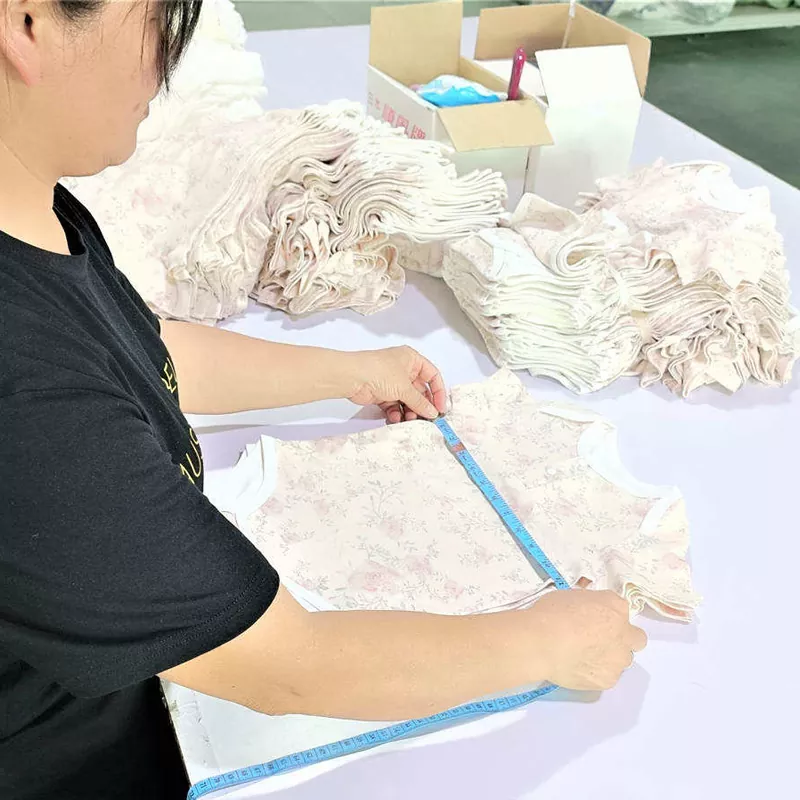
Potential Challenges When Working with OEM Manufacturers:
Working with OEM manufacturers can present several challenges, including quality control issues, production delays, and miscommunication. For instance, a fashion brand might receive a shipment of garments that do not meet the agreed-upon quality standards, or experience delays that disrupt their supply chain.
Strategies for Overcoming Common Issues:
- Controllo qualità: Implementing rigorous quality control measures can help mitigate quality issues. For example, a brand can establish a detailed quality checklist and conduct regular inspections at various stages of production. Additionally, working with a third-party quality assurance service can provide an extra layer of oversight.
- Delays: To manage production delays, maintaining a buffer in the production schedule is crucial. For instance, a brand can set earlier deadlines for critical milestones to account for potential delays. Additionally, maintaining open communication with the OEM manufacturer can help identify and address any bottlenecks promptly.
- Miscommunication: Clear and consistent communication can prevent misunderstandings. Using project management tools and maintaining detailed documentation of all agreements and specifications can ensure that both parties are on the same page. Regular meetings and updates can also help address any issues before they escalate.
Importance of Contingency Planning and Risk Management:
Contingency planning and risk management are essential for navigating potential challenges. For example, a brand can develop a contingency plan that includes alternative suppliers and backup plans for critical production stages. This proactive approach can help minimize disruptions and ensure continuity in case of unforeseen issues.
Future Trends in OEM Clothing Manufacturing
Emerging Trends and Technologies in the OEM Clothing Industry:
The OEM clothing industry is rapidly evolving with the adoption of advanced technologies. Innovations such as automation, 3D printing, and AI-driven design are transforming manufacturing processes. For example, 3D knitting machines allow for seamless garment production, reducing waste and increasing efficiency.
Impact of Sustainability and Ethical Manufacturing Practices:
Sustainability and ethical manufacturing practices are becoming increasingly important. Consumers are demanding eco-friendly products, prompting manufacturers to adopt sustainable practices. For instance, Pjgarment in China focuses on using organic materials and reducing environmental impact through energy-efficient processes and waste minimization.
Predictions for the Future of OEM Clothing Manufacturing:
The future of OEM clothing manufacturing is likely to see a greater emphasis on customization and on-demand production. Technologies like AI-driven customization platforms will enable brands to offer personalized products at scale. Additionally, the industry will continue to prioritize sustainability, with a shift towards circular fashion models where garments are designed for reuse and recycling, minimizing waste and environmental impact.
Conclusione
In this guide, we explored the essentials of building a strong relationship with your OEM manufacturer, overcoming common challenges, and staying ahead of future trends. By fostering clear communication, trust, and collaboration, brands can achieve successful partnerships. Embracing sustainability and innovative technologies will shape the future of OEM clothing manufacturing. We encourage brands to consider OEM manufacturing for their clothing lines to leverage these benefits.
We invite you to share your experiences or ask questions in the comments below. Your insights can help others navigate their OEM manufacturing journey.
Domande frequenti
Che cos'è un produttore di abbigliamento OEM?
Un produttore di abbigliamento OEM è un'azienda che produce abbigliamento per conto di altri marchi o aziende. Sono specializzati nella produzione di capi d'abbigliamento sulla base delle specifiche e dei disegni forniti dai loro clienti.
What is the difference between OEM and ODM?
OEM (Original Equipment Manufacturer) produces products based on the client’s specifications, while ODM (Original Design Manufacturer) provides products designed by the manufacturer that clients can rebrand.
Quali sono i vantaggi di lavorare con un produttore di abbigliamento OEM?
La collaborazione con un produttore di abbigliamento OEM offre diversi vantaggi, tra cui l'economicità, l'accesso a competenze specializzate, la flessibilità nella produzione e la possibilità di scalare la capacità produttiva.
How do I find the right OEM clothing manufacturer for my brand?
Research potential manufacturers, check their credentials, request samples, and visit their facilities if possible.
Come scegliere il giusto produttore di abbigliamento OEM?
Quando si sceglie un produttore di abbigliamento OEM, occorre considerare fattori quali l'esperienza, le capacità produttive, i processi di controllo della qualità, le capacità di comunicazione e i prezzi. È inoltre importante valutare il loro curriculum e la loro reputazione nel settore.
Quali sono i fattori da considerare nella scelta di un produttore di abbigliamento OEM?
Alcuni fattori importanti da considerare nella scelta di un produttore di abbigliamento OEM sono la capacità produttiva, i tempi di consegna, le quantità minime ordinate, le capacità produttive, i processi di controllo della qualità e la capacità di soddisfare le vostre esigenze specifiche.
Quali domande devo porre ai potenziali produttori di abbigliamento OEM?
Quando valutate i potenziali produttori di abbigliamento OEM, chiedete informazioni sulla loro esperienza, sulle capacità produttive, sui processi di controllo della qualità, sui prezzi, sui tempi di consegna, sulle quantità minime ordinabili e sulla capacità di gestire personalizzazioni o requisiti speciali.
What are the typical lead times for OEM clothing production?
Lead times vary but generally range from 4 to 6 weeks, depending on the complexity and volume of the order.
Come posso garantire la qualità dell'abbigliamento prodotto da un produttore OEM?
Per garantire la qualità del abbigliamento prodotto da un produttore OEM, it is important to establish clear quality standards and specifications, conduct regular inspections and audits, and maintain open communication with the manufacturer throughout the production process. Implement strict quality control measures, such as regular inspections and third-party audits. For instance, a brand can hire a quality assurance firm to conduct periodic checks during production. It may also be beneficial to request samples or prototypes before placing a large order.


